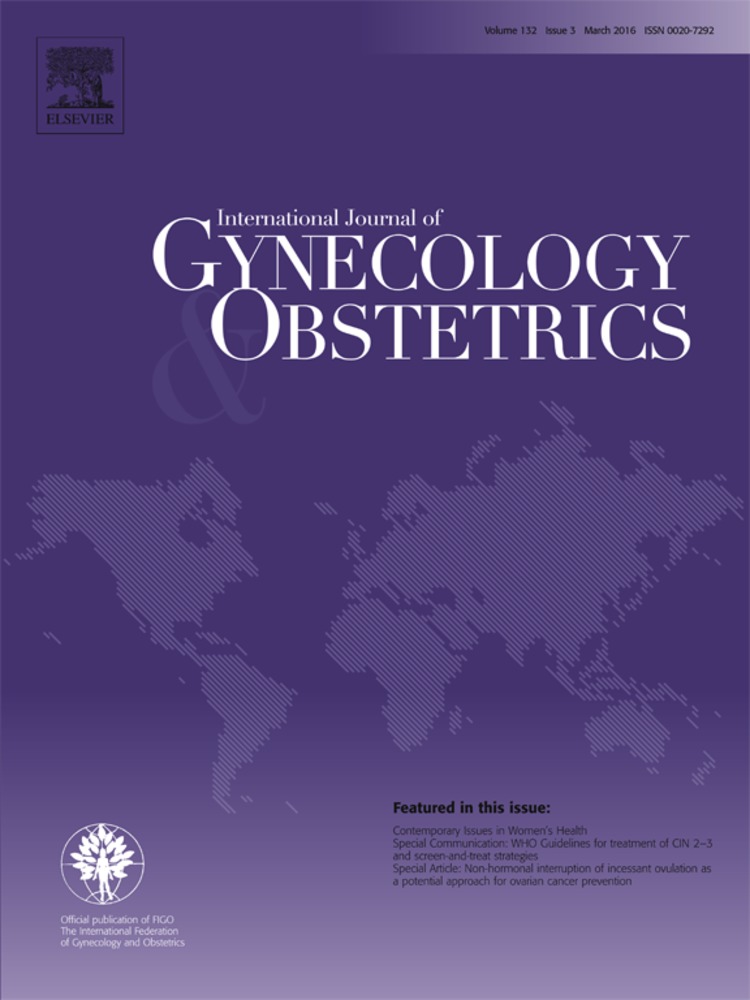Abstract
Objective
To examine the relationship between female genital cutting (FGC) and sexual problems experienced by couples in the first 2 months of marriage (“honeymoon distress”).
Methods
A multicenter cross‐sectional study was conducted at centers in Assiut and Sohag, Egypt, between March 1, 2011, and March 31, 2014. Eligible couples presented with sexual problems during the first 2 months of marriage. Couples were interviewed and asked to complete a pre‐designed questionnaire, and a genital examination was performed. The primary outcomes of the study were the contribution of FGC to honeymoon distress and the effect of FGC on quality of life.
Results
Overall, 430 couples enrolled in the study. FGC was present in 376 (87.4%) women. The main presenting feature of honeymoon distress was superficial dyspareunia, which affected 291 (77.4%) women with FGC versus 16 (29.6%) of 54 without FGC (hazard ratio 8.13, 95% confidence interval 4.32–15.30). Women with FGC were more likely to have a poor quality of life during the first 2 months of marriage than were those without FGC (279 [74.2%] vs 13 [24.1%]; odds ratio 9.07, 95% confidence interval 4.66–17.64).
Conclusion
FGC was found to be a contributing factor to honeymoon distress.


